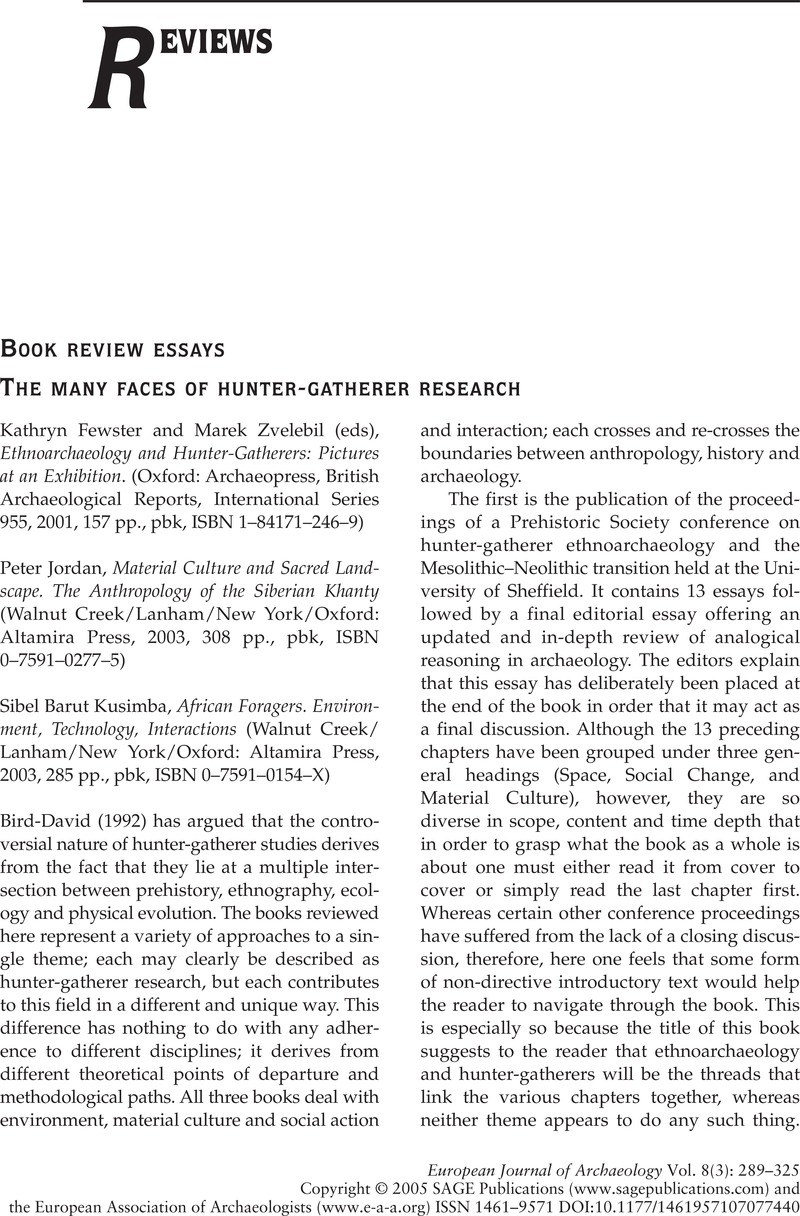Woodburn, J.,
1988.
African hunter-gatherer social organization: is it best understood as a product of encapsulation? In
Ingold, Tim,
Riches, David and
Woodburn, James (eds),
Hunters and Gatherers. Volume
1, History, Evolution and Social Change:
31–
64.
New York and Oxford:
Berg.
Google Scholar 